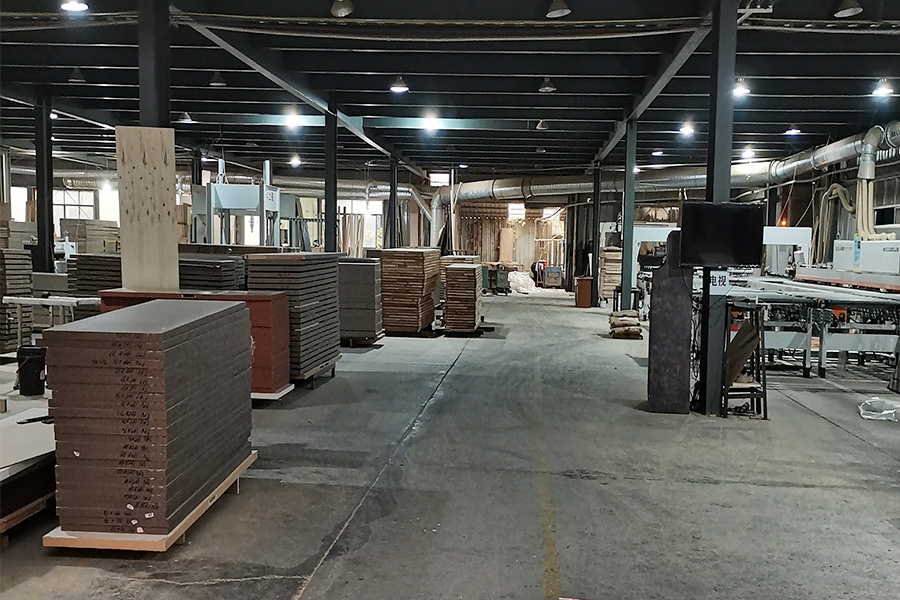As environmental awareness continues to rise globally, many industries are rethinking how they design and manufacture products—and the wood door sector is no exception. Today, an interior door factory is not just judged by the beauty or durability of its products but also by how sustainably those products are made. Increasingly, the modern wood door manufacturer is turning to greener materials, efficient energy use, and waste-reduction strategies to stay aligned with consumer and environmental expectations.
Rethinking Materials: From Timber to Eco-Engineered Solutions
One of the more important steps toward sustainability is the thoughtful selection of raw materials. Traditionally, hardwoods like oak, maple, or walnut were used widely in interior doors. While these woods offer timeless beauty, overharvesting has put pressure on natural forests. As a result, many wood door factories are now sourcing certified sustainable timber or using engineered alternatives that offer similar aesthetics with a lower ecological footprint.
Products like medium-density fiberboard (MDF) or high-density fiberboard (HDF), when sourced responsibly, offer an efficient way to minimize waste and reduce costs without compromising on quality. These materials can be enhanced with wood veneers to maintain the warm, natural appearance customers expect from a wood door.

Eco-Friendly Finishes and Adhesives
Finishing materials such as paints, stains, and adhesives often contain volatile organic compounds (VOCs), which can harm both the environment and indoor air quality. To combat this, many interior door factories now invest in low-VOC or VOC-free coatings that provide the same performance and visual appeal without the health or environmental risks.
Water-based finishes are another increasingly popular option. These finishes release fewer emissions during application and drying while also providing long-lasting protection for the wood surface. In addition, eco-conscious manufacturers are selecting adhesives and binding agents that are free from harmful chemicals, improving overall product safety.
Energy Efficiency in Production Processes
Another key area of focus for the sustainable wood door manufacturer is reducing energy consumption across all stages of production. From drying wood to cutting and finishing, every step offers an opportunity for optimization.
Modern factories often employ energy-efficient machinery and make use of smart technology to monitor and control power usage. Some facilities even utilize solar panels or other renewable energy sources to supplement their operations. By reducing reliance on fossil fuels, manufacturers not only lower their carbon footprint but also improve their bottom line in the long run.
Recycling and Waste Minimization
Waste management is another critical part of sustainable door production. Sawdust, offcuts, and other wood waste that once would have gone to landfills are now being repurposed into other building materials or used as biofuel. At many interior door factories, recycling bins and sorting systems are placed directly along production lines to make waste separation as efficient as possible.
Additionally, packaging methods have also seen eco-conscious improvements. Many manufacturers are moving away from plastic-heavy packaging in favor of recyclable cardboard or biodegradable wrap to reduce waste downstream.
Sustainability is no longer just a trend—it's a responsibility. As the demand for eco-friendly construction materials continues to grow, the interior door factory that embraces sustainable practices is better positioned to succeed in the modern market.
By integrating sustainable values into every stage of door production, the wood door industry can continue to innovate while preserving the natural resources that make its products possible.

 English
English 中文简体
中文简体